IT Infrastructure Modernization
We are witnessing a remarkable surge in the adoption of information technology across businesses of all scales and sectors. Governments are spearheading numerous digital transformation initiatives and policies. However, businesses, regardless of their size, industry, or location, are encountering significant challenges in their infrastructure, workplaces, and business procedures.
To address these challenges effectively, businesses must commit to a carefully crafted IT modernization strategy. This strategy should align IT systems with the evolving dynamics of work across various locations, timeframes, roles, applications, and devices. Failing to modernize methods to accommodate new approaches to infrastructure, workplaces, and business processes in today’s fiercely competitive and dynamic business landscape will hinder enterprises from achieving desired efficiencies and outcomes.
Hence, the key to thriving in this new environment, staying ahead of or promptly responding to digital disruptions, and positioning your organization to leverage emerging technologies such as artificial intelligence, the Internet of Things (IoT), and others in the future is by modernizing your organization’s IT infrastructure.
Updating Network Infrastructure
Contemporary applications and devices handle diverse content types such as audio, video, high-resolution images, presentations, real-time business transactions, live streaming, webinars, and online meetings across organizational networks, private and public clouds, and the internet.
This variety of network traffic is susceptible to issues like congestion, latency, and bottlenecks.
At Burl-Oak, we aim to maximize the benefits of your network infrastructure modernization investments by focusing on the following critical areas:
Passive Network Cabling
Opt for cutting-edge, high-performance options like Cat6A or above, capable of accommodating speeds up to 10 Gigabits per second, and OM5 or superior wideband multimode fiber optics to fulfill the increasing bandwidth requirements of data centers.
Networking Switches
Access switches constitute a vital component of network infrastructure, serving as the hub for connecting all end devices. It has been two decades since commercially introduced 1Gbps port speed switches hit the market. Now is the opportune moment to consider upgrading your switches, enabling seamless data transmission across end devices through 2.5GB+ ports and extending up to the data center via 10GB uplinks.
Central Switches/Distribution
Central or distribution switches serve as the vital center of contemporary networks, securely directing traffic between various data center network elements including servers, firewalls, storage units, access switches, and private clouds.
When contemplating the modernization of network infrastructure, we pay particular attention to central switches. Ideally, central switches should not operate at full capacity for extended periods. If they do, a comprehensive assessment should be conducted using network monitoring tools to facilitate informed decision-making.
Managed Wireless network
Many organizations currently utilize some form of the 802.11 wireless standard. However, these networks may be several years old, which is considered outdated given the rapidly evolving nature of technology. Organizations should contemplate transitioning to Wi-Fi 6, Wi-Fi 6E (Extended), and subsequently Wi-Fi 7 soon.
As each new wireless technology offers improved throughput and connectivity for end-user mobile devices, Internet of Things (IoT) devices, and latency-sensitive applications, it is imperative to ensure that your network infrastructure can accommodate these forthcoming wireless network capabilities.
Our team will assist you in assessing your existing Wi-Fi technology and propose upgrade options that align with your requirements, budget, and anticipated growth.
Data Center Modernization

Cable Closets
Ensure that all cables are organized, easily traceable, and routed through cable trays or management fixtures, away from electromagnetic fields and excessive noise. Proper labeling of cables from both ends is essential.

Moisture Detection System
Ensure the presence of a moisture detection system integrated into the data center to promptly detect and address any potential water leakage or flooding issues proactively.

Access Control
Access to the data center must be tightly regulated, with constant CCTV surveillance and secure locking mechanisms in place at all times. Unauthorized access poses a significant risk of compromising data security.

Uninterruptible Power Supply (UPS)
Always ensure continuous connection of all critical hardware to a UPS source.

Skilled engineers
Our skilled engineers will assess your UPS for the following:
- Battery performance and capacity
- Sufficient backup time to safely shut down systems in the event of alternative power source failure
- Proper notification delivery to IT personnel during critical events

Cooling & Humidity:
Servers, hardware, appliances, and all communication equipment are highly susceptible to elevated temperatures. We will ensure that all cooling systems and humidity control mechanisms are operating effectively, with critical spare parts and components readily available for immediate delivery from the vendor.

Data Center Documentation:
We provide documentation services for data center connectivity, equipment wiring labels, and high-level diagrams. These documents are designed to streamline troubleshooting, maintenance, handovers, and compliance processes.

Data Center Relocation:
In the event that you need to relocate your data center, whether within your current building or to a new location, we will manage this intricate task by:
• Developing comprehensive project plans to cover all aspects of the relocation.
• Updating or creating new documentation for every component within your data center.
• Coordinating with your team, contractors, and personnel at the new location.

Data Center Monitoring IoT:
Burl-Oak offers continuous surveillance of your data center around the clock through advanced IoT monitoring devices equipped with smart sensors for monitoring entry, exit, temperature, humidity, water presence, and power disruptions. The system is programmed to initiate predefined actions, notifications, and alerts to safeguard your data center.
